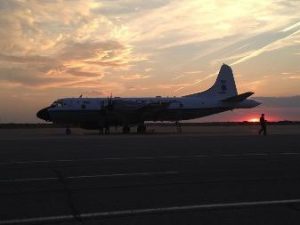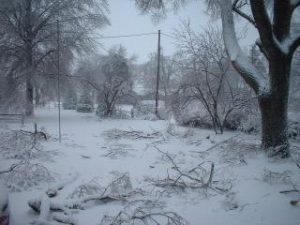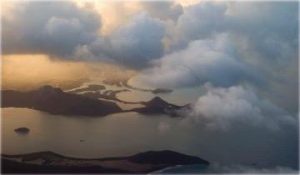MEET BOB RAUBER
Professor
Department of Atmospheric Sciences
University of Illinois
3074 Natural History Building MC-104
1301 W. Green St.
Urbana, IL 61801
PH: 217-333-2835
Email: r-rauber@illinois.edu
Rauber Vita
Books About Weather
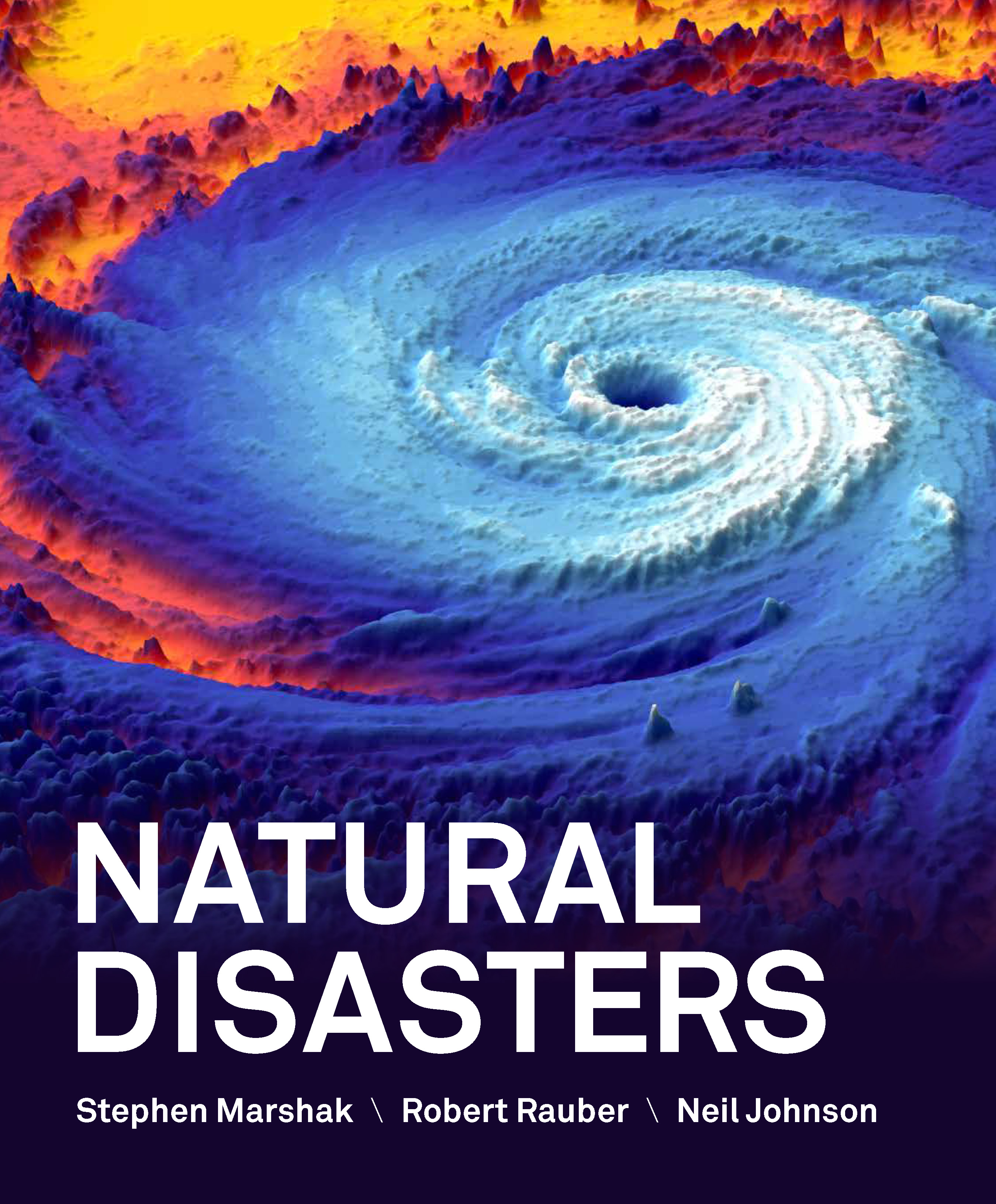 A vibrant introduction to the science and societal impacts of disasters
A vibrant introduction to the science and societal impacts of disasters
As our planet changes and human population grows, students will see new examples every year of the devastating impact that geologic and atmospheric disasters have on communities. Through vibrant and detailed visuals, engaging writing, and extended case studies, Natural Disasters helps explain the science behind these catastrophes and the societal factors that shape our responses. Step-by-step art makes key concepts accessible to all students.
 Experience Earth Science with fresh eyes!
Experience Earth Science with fresh eyes!
Steve Marshak and Bob Rauber bring years of classroom and research experience to this 2nd Edition of this remarkable book and media package, which covers geology, oceanography, atmospheric science, and astronomy. Our narrative approach to the content and innovative integration of new visual and interactive resources guides students to a clearer, more applicable understanding of the entire Earth System.
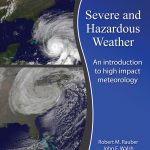 Severe and Hazardous Weather:
Severe and Hazardous Weather:
An Introduction to High Impact Meteorology
In 2017, the fifth edition of our popular textbook, Severe and Hazardous Weather, arrived in university bookstores nationwide. Since the first edition was published in 2002, Severe and Hazardous Weather has been used in almost 100 colleges and universities.

Radar Meteorology: A First Course
This comprehensive introduction to radar meteorology offers an overview of the quantities essential to radar meteorology including the radar reflectivity factor, and Doppler, dual-polarization, and multi-wavelength radar variables, wind retrieval from single and multiple Doppler radars, precipitation estimation and hydrometeorological applications, warm season mid-latitude severe weather, winter storms, tropical cyclones and more.
As of November 2023 I will hold the position of Emeritus (retired) Professor. Below is a summary of my activities at the University of Illinois. For more details about my activities, follow the links above, which summarize my publications, research projects, teaching, and field experience.
I maintain active programs in the fields of mesoscale meteorology, radar meteorology and precipitation physics. I currently have one research grants from the Natural Science Foundation and two from NASA. Much of my work involves collaborative efforts with other faculty members and scientists from other institutions. I love field research — there is nothing more exciting in atmospheric science than living through (and flying through!) the weather you ultimately study, especially when you are using the most sophisticated state-of-the-art instruments. Field campaigns lead to new discoveries, the most exciting aspect of science.
Field campaigns I have been involved with in the 21st century include the Investigation of Microphysics and Precipitation for Atlantic Coast-Threatening Snowstorms (IMPACTS, 2020-2022), the Cloud, Aerosol and Monsoon Processes Philippines Experiment (CAMP2EX, 2019), the Southern Ocean Clouds, Radiation, Aerosol Transport Experimental Study (SOCRATES), which took place over the Southern Ocean in the winter of 2017-18, the Seeded and Natural Orographic Wintertime Clouds: The Idaho Experiment (SNOWIE), which took place in the Payette Mountains of Idaho in the winter of 2016-17, the Plains Elevated Convection at Night (PECAN) experiment, which took place on the high plains of the U.S. in the summer of 2015, the Profiling of Winter Storms (PLOWS) experiment, which took place across the midwestern United States in the winters of 2008-09 and 2009-10, the Rain in Cumulus over the Ocean study (RICO), which was conducted in Antigua and Barbuda, two Caribbean islands in late 2004, and 2005, and the Bow Echo and Mesoscale Convective Vortex Experiment (BAMEX), which was held in the central United States in late Spring of 2003.

